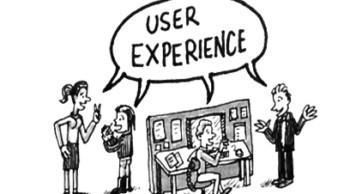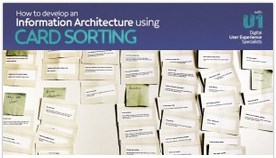We all tend to oversimplify complex things into two competing ideologies: generalist or specialist, objective or subjective, individual or team. This...
As explained in part I of this two-part series, what we know about body language can help us conduct more fruitful UX research interviews. The key is...
In this two-part series I will provide some research based insights on body language that we can use to our advantage during UX research sessions...
The Storytelling Canvas is an approach I’ve created to help bring a team together to create purposeful design decisions for content websites. This...
It’s no surprise that Smashing Magazine chose one of the San Francisco's most beautiful and noted locales, the Palace of Fine Arts, to hold one of...
As designers, we know that our decisions have a real impact on how people use products. On the downside, poor design decisions have the potential to...
It's World Usability Day, and to celebrate, the folks from Optimal Workshop have pulled together the ultimate UX and Marketing Toolkit, worth $30,000...
A content audit isn't something you're going to want to tackle. But you can't undertake a redesign of a content-heavy site without it. Donna Spencer...
Hawk reviews the online course "How to Develop an Information Architecture using Card Sorting" by Joji Mori and finds herself pleasantly surprised...
Today I had the pleasure of hosting Everett McKay in our Ask the UXperts chatroom, talking about UI for non-designers. Here is the transcript of the...











